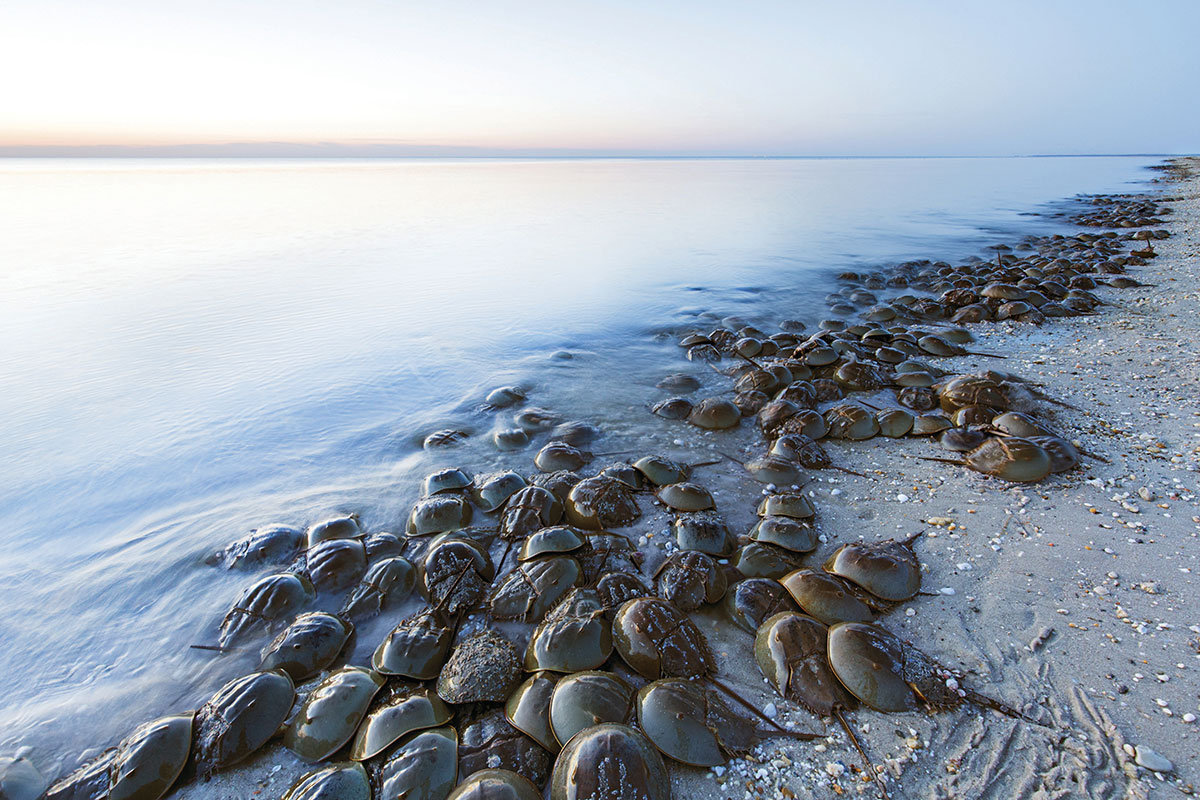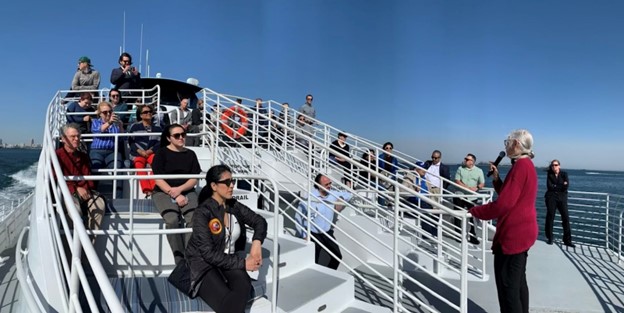What is the COP?
Since 1995, world leaders, negotiators, and thousands of other participants have converged for the COP, the Conference of the Parties to the United Nations Framework Convention on Climate Change (UNFCCC) to discuss climate change and solutions.
This December marks the 28th year and is an important moment in our world’s collective fight to stop the climate and biodiversity crises from worsening. We are at a halfway point: it’s been seven years since the Paris Agreement and we have seven years left to realize the progress we promised to make by 2030. Action is the sole requirement now.
Wait, remind me: What is the Paris Agreement?
The Paris Agreement is a landmark international treaty on action to prevent and adapt to climate change, agreed upon at COP21. It sets temperature targets to prevent some of the worst effects of climate change, and lays out some of the collective actions necessary to avoid runaway global warming. This includes slashing global emissions by nearly half by 2030 and providing developing countries with assistance in transitioning to clean energy sources and adapting to extreme heat, drought, and other impacts of climate change.
How much progress have we made so far?
Over the last few years, experts have been helping to answer that. A “health exam” for the Paris Agreement, the Global Stocktake was included in the architecture of the agreement to help countries understand what we’ve accomplished so far, where we’re headed, and what we need to do to get back on track. We are mid-way through the timeframe required to meet our emissions-cutting commitments and to stop the worst effects of climate change by 2030. This inventory on progress gives us the chance for course correction.
We already know that we are not cutting greenhouse gasses fast enough to make the impact we need to hit our goals. The need to pick up the pace is clear. But as this will be the first Global Stocktake, COP28 will provide a clearer picture of how far we have come and help us set new, updated goals to get us where we need to be.
How do we fund the necessary solutions?
We will have to do it collectively, as the Paris Agreement lays out. Climate finance will allow developing countries to double down on mitigation and adaptation solutions that lower greenhouse gasses and protect people and wildlife from the adverse effects of climate change – such as increasing extreme weather events and poor air quality.
Last year’s COP27 concluded with an agreement to provide Loss and Damage funding for vulnerable countries disproportionately impacted by the climate crisis, funded by those who have been historically large emitters of greenhouse gases. Loss and damage refers to the unavoidable negative impacts of climate change. This includes economic impacts, such as damage to homes or crops, and non-economic impacts, such as the emotional trauma of losing your home or loved ones from natural disasters.
The agreement to create a loss and damage fund was seen as perhaps the greatest victory of COP27 in Egypt. But many questions remain: Where will the money come from? How will it be distributed? Who will have access to it? A committee tasked to work out these details made progress since then, but many fear that failure to reach agreement on these issues could derail COP28.
Who is able to participate in these events?
In addition to delegates from nearly 200 countries, non-governmental organizations, Indigenous communities, research institutions, businesses, and other registered groups send delegates to COP. This year’s COP is expected to shatter attendance records.
Yet many barriers prevent representation of voices and perspectives at COP. Funding for flights and lodging, time requirements, language barriers, and other logistical hurdles mean that many have been excluded from engaging. Developing nations, youth, environmental justice organizations, and small community-based organizations also need an expanded seat at the table.
To ensure equity and justice are at the forefront of our climate solutions and funding, it is imperative that Indigenous People and people of the global majority are able to actively participate in the COP process. For example, last year, even with historic rates of attendance at COP27, there were still twice as many fossil fuel representatives as Indigenous People. Put another way, Indigenous People made up less than 1% of participants – despite the fact that they steward around 25% of land and as much as 80% of terrestrial biodiversity, making them among the most qualified to help lead us out of the climate crisis.
How do we prepare and adapt to climate change?
There are a lot of things that we could be doing better, globally, right now, but funding work on adaptation is near the top of the list. The UNEP estimates that finance flows to developing countries are 5-10 times lower than they should be – and the gap is growing. They also note an opportunity to better connect mitigation and adaptation in planning, finance, and implementation and recognize that we will need strong political will. The longer we wait to implement adaptation measures, the fewer options we will have and the less effective they will be.

Where does nature fit in?
Nature connects to virtually all of the efforts to mitigate and adapt to climate change in the UNFCCC. Preventing the conversion of ecosystems offers one of the largest and cheapest opportunities to prevent and reduce greenhouse gas emissions. Ecosystem restoration can boost stores of carbon in the landscape while yielding other benefits like clean drinking water for communities and space to thrive for wildlife.
Embracing nature also enables us to adapt to some of the impacts of climate change that are already here. For example, healthy mangrove forests, wetlands, and even coral reefs in coastal areas can help to bolster cities against storms. Trees within urban areas can provide significant cooling benefits and cost savings – especially to those who need them most.
We are also losing species at alarming rates. The climate crisis and biodiversity crisis are intertwined. By pursuing strategies that support the ability of natural systems to both mitigate climate change and increase the resilience of communities and wildlife populations to the impacts of climate-related natural hazards – strategies often referred to as natural climate solutions – we can tackle climate change while benefitting biodiversity.
What about the energy transition?
Renewable energy and the power grid that supports it are key ingredients in a healthy future. However, we’re far behind our targets to build out solar, wind, and other renewable energy sources, and our grid needs significant modernization. The energy grid is facing massive challenges that require immediate response, including increasing severe weather and aging infrastructure. We will need to reconcile and rectify how our reliance on fossil fuels has subjected our most underserved communities to disproportionate, negative health outcomes for decades – plus lack of access to new clean energy.
The COP28 Presidency, International Renewable Energy Agency (IRENA) and Global Renewables Alliance published a joint report calling to triple the global renewable power capacity and double the average annual energy efficiency improvements by 2030. We urgently need to expand equitable access to affordable clean energy for all and to transition away from fossil fuels. We cannot continue to burn oil and gas at our current rates – while tripling our renewable energy supply – and expect to halt climate change or decrease air and water pollution.
So, what do we do?
At COP28, the National Wildlife Federation will urge countries to recognize the role of natural climate solutions in both slowing and adapting to climate change, accelerate the transition to clean renewable energy, and uphold promises on climate finance, including funding for loss and damage. Staff will also be working to elevate the voices of those most affected by climate change and to advocate for coordinated action to reduce global deforestation.
Follow along on Facebook, Twitter, and LinkedIn as the conference unfolds.
 Offshore Wind Energy
Offshore Wind Energy 

